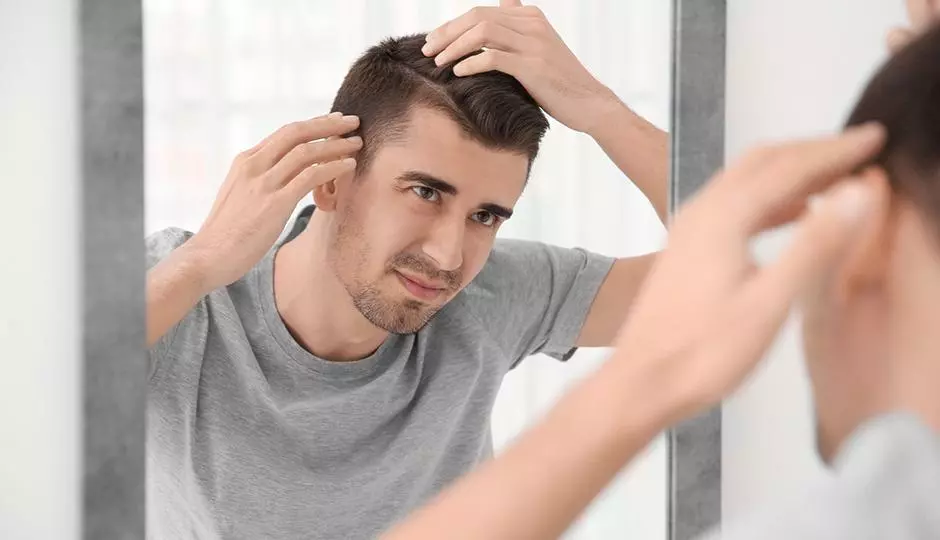Many scalp conditions can lead to thinning hair and hair loss. While many components related to hair loss are hereditary, there are several skin conditions and scalp infections that can cause hair loss.
Ringworm
Tinea capitis is a fungal infection that develops on the scalp, affecting the scalp and hair shafts. Also referred to as ringworm, it is the same type of fungal infection that also causes infected nails and athlete's foot.
Ringworm infects the hair shaft causing the hairs to become brittle and easily break off. The affected areas of the scalp form a scaly patch, may develop blisters, and often appears red and inflamed. A spot of bare skin is left behind that is typically redder around the perimeter and a more natural skin tone in the center.
Ringworm infections are highly contagious infection, and, while most common in toddlers and school-age children, people of all ages are susceptible. The infection is passed easily by direct skin-to-skin touch, as well as contact with contaminated items such as combs, clothing, and shower surfaces. A common fungus found in the soil also causes ringworm and is transferred to humans through contact with infected pets, cats in particular, that carry the fungus.
The symptoms of ringworm vary, but it usually starts as a small pimple that grows in size, leaving itchy, scaly, bald patches on the scalp, and can causing hair loss. One or more round patches appear, typically with small black dots where the hair has broken off, then slowly expand. Hair becomes fragile and brittle, breaking and pulling out easily and leaving behind scaly, gray, or reddened areas.
The usual treatment for ringworm includes oral antifungal medications, which gradually accumulate in the hair and medicated shampoos to help control the spread of infection.
Folliculitis
Folliculitis is the term for a common skin condition in which rings of inflammation surround the opening of the hair follicle. Usually caused by a bacterial infection, folliculitis may look like small red bumps or white-headed pimples around hair follicles at first and can be itchy, sore, and embarrassing.
As the condition progresses, folliculitis can spread and turn into nonhealing, crusty sores. In severe cases, the hair follicles can be permanently damaged, causing hair to fall out and leaving small bald patches.
While usually caused by a bacterial infection, some types of folliculitis are non-infectious and caused by oils and greases applied to the skin. Also known as hot tub rash, razor bumps, and barber's itch, these mild forms of folliculitis usually clear up in a few days while more severe or recurring cases may require treatment.
Seborrheic Dermatitis
Seborrheic dermatitis is a skin condition that primarily affects the scalp and can involve infection as well as temporary hair loss. The disease affects oily areas of the body and causes scaly skin patches, inflamed skin, and stubborn dandruff on the scalp. The skin of affected areas becomes irritated, itchy, and even painful to touch.
Seborrheic dermatitis is also known as dandruff and may clear up on its own. Severe cases may require repeated treatments before the condition improves, and washing the hair and scalp daily with a gentle shampoo can often help to reduce oiliness and dead skin buildup. Seborrheic dermatitis is an inflammatory condition that has a genetic component and may be triggered by androgen steroids. Fluctuations in hormones, stress, fatigue, and medical ailments such as a stroke can worsen the condition.
Contact New Image Hair Clinic
Diagnosing and treating scalp infections can be challenging, but left untreated conditions may worsen, causing permanent hair loss. Our staff at New Image Hair Clinic is experts in scalp and hair health. We can develop a custom plan to treat your scalp infection and restore the health of your scalp and hair. To learn more about scalp infections and to schedule a free consultation, contact us today.

